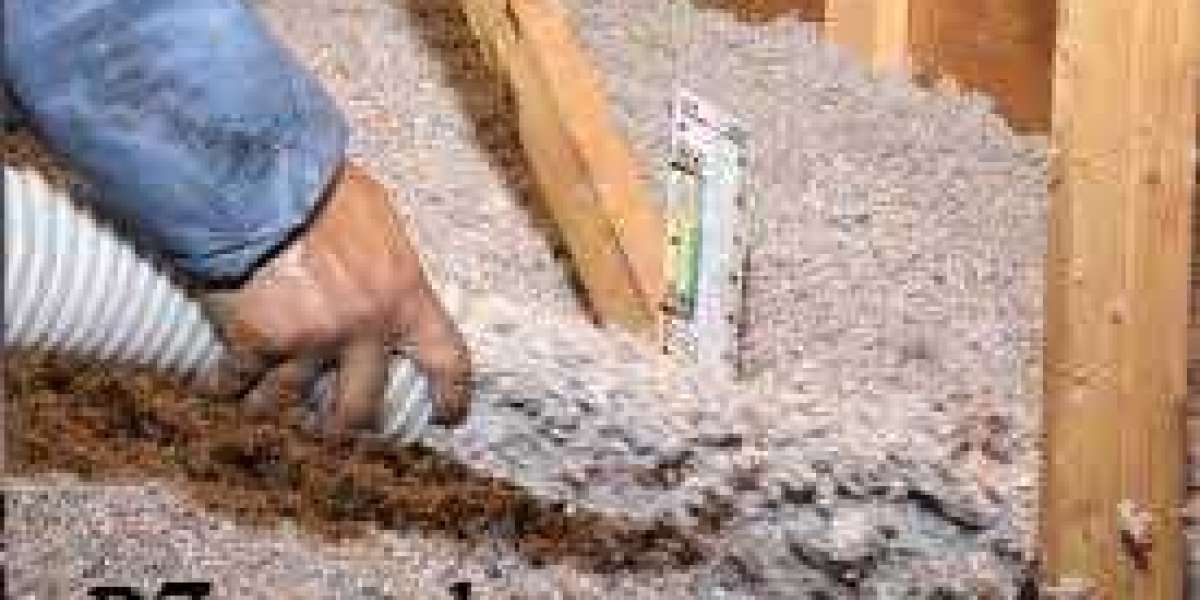Crawl Space Moisture Barrier: The Key to a Dry and Healthy Home
When it comes to maintaining a dry and healthy home, one area that often gets overlooked is the crawl space. Many homeowners don't realize that a damp crawl space can lead to a host of problems, including mold growth, structural damage, and poor indoor air quality. Fortunately, there is a solution to this common issue: installing a crawl space moisture barrier.
What is a crawl space moisture barrier?
A crawl space moisture barrier, also known as a vapor barrier or crawl space encapsulation system, is a protective layer installed in the crawl space to prevent moisture from entering the home. It consists of a thick, durable plastic sheet that is laid over the soil or gravel in the crawl space, covering the entire area and sometimes extending up the walls. The goal is to create an airtight seal that blocks moisture and prevents it from seeping into the crawl space and, ultimately, the living areas of the home.
Why is a crawl space moisture barrier important?
Moisture control: Crawl spaces are prone to high humidity levels and water intrusion, especially in areas with heavy rainfall or high water tables. Moisture can enter through the soil, foundation walls, or even condensation from the air. A moisture barrier acts as a shield, preventing water vapor from infiltrating the crawl space and causing dampness and humidity-related issues.
Mold prevention: Mold thrives in dark, damp environments, making crawl spaces an ideal breeding ground. When moisture accumulates in the crawl space, it creates the perfect conditions for mold growth. By installing a moisture barrier, you create an inhospitable environment for mold, reducing the risk of mold infestations and the associated health problems they can cause.
Structural integrity: Excess moisture in the crawl space can lead to wood rot, compromising the structural integrity of the home. Wood beams, floor joists, and subflooring can become weakened and damaged over time. By keeping the crawl space dry with a moisture barrier, you protect these crucial components from moisture-related deterioration.
Energy efficiency: A damp crawl space can have a significant impact on your home's energy efficiency. Moisture in the crawl space can lead to increased humidity levels throughout the house, making it harder for your HVAC system to maintain a comfortable temperature. This can result in higher energy bills as your system works harder to compensate. By installing a moisture barrier, you create a more energy-efficient home by reducing the moisture load on your HVAC system.
Improved indoor air quality: The air in your crawl space circulates throughout your home. If there is mold or excess moisture in the crawl space, it can contribute to poor indoor air quality. Mold spores, allergens, and other contaminants can find their way into your living areas, potentially causing respiratory issues and allergies. A crawl space moisture barrier helps keep the air in your crawl space clean, minimizing the risk of indoor air pollution.
How to install a crawl space moisture barrier?
Installing a crawl space moisture barrier is a task best left to professionals, as it requires specialized knowledge and equipment. Here's a general overview of the installation process:
Inspection and preparation: A professional contractor will inspect your crawl space to assess its condition and identify any existing moisture problems. They will address these issues before installing the moisture barrier.
Cleaning and repair: The crawl space will be cleaned, removing any debris, mold, or mildew. Damaged insulation, plumbing leaks, or other issues will be repaired before proceeding.
Encapsulation: A thick, waterproof vapor barrier will be installed over the crawl space floor and, if necessary, up the walls. The barrier will be securely fastened and sealed to create an airtight seal. Read More








